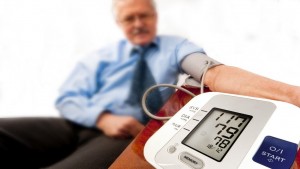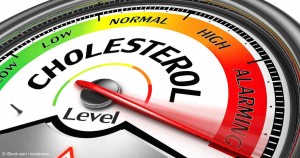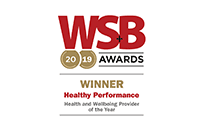With a growing number of onsite health checks to choose from, it can be a confusing process to decide what is best for your organisation’s health and wellbeing strategy.
From the spectrum of tests available, it’s essential to include two key areas when you introduce onsite health checks – blood pressure and (if your budget permits) cholesterol; these are known as ‘silent killers’. For example, an employee with high blood pressure and cholesterol would ‘feel’ the same as an employee with normal and healthy levels. The risk from each of these individually, but particularly combined, provides health professionals with a good idea of health status and at this stage information and advice would be provided. For 12.3%* of employees tested for blood pressure and cholesterol, a GP referral will be made as their results fall into the ‘at risk category’. Others will have ‘borderline’ results where more often than not, lifestyle changes (such as smoking, alcohol, exercise and diet) can have a very positive affect.

For more detailed onsite health checks, it is possible to break down the cholesterol into the good (HDL) and bad (LDL). The importance of this is that the LDL levels are linked with heart attacks as in essence, they block arteries. On the flip side the HDL’s role is to break down and remove the LDL from the body. Additionally, a triglyceride test (the fat in your blood) can also be a good indicator of health risk. For HDL, LDL and Triglycerides, it is particularly important to fast for 9-12 hours to ensure accurate results.

Diabetes (blood glucose) is a key NHS focus as it is estimated to cost the organisation £25k every minute. The charity Diabetes.co.uk also estimates the cost of diabetes related absenteeism to the UK economy is £8.4billion per year. Therefore, screening for diabetes is vitally important for your employee’s wellbeing. Both the diabetes and cholesterol tests are carried out using ‘fingerprick’ technique which is a very safe and painless process.
Aside from the more medically based options, it’s important to consider body fat measurement and there are lots of good (and bad) ways to do this. Body Mass Index (BMI) is a simple height and weight ratio which nowadays isn’t used very much in the health industry. Its accuracy is often questioned by active people as they can often fall into the overweight/obese category because of their good muscle mass. Another option is Waist to Hip ratio (WHR) which calculates risk based on these two measurements. However, a much better test for assessing risk is body composition which looks at the fat within the body and is considered to be much more accurate. Alongside the body composition test, and using the same equipment, it’s possible to measure hydration which can affect the body in several ways during the day and common signs of dehydration include headaches, fatigue, tiredness and poor decision making.

Once you know your numbers for blood pressure, cholesterol, diabetes, body composition and hydration, you have the opportunity to measure these important health screening tests which can be repeated annually, onsite and without any exercise involved! Typically, this type of onsite health check takes just 30 minutes per employee making it very simple to include in the working environment without causing any inconvenience. In addition to the aforementioned tests, other options available include, bowel cancer screening, PSA tests, lung function, metabolic rate and estimated daily calorie intake, and urinalysis which looks for potential issues such as blood, glucose and protein within a urine sample.
In the workplace, it’s important to include health screening tests that are carried out easily and without physical exertion, so tests that involve exercise (eg chester step test) are not at all suitable in the workplace. Some providers will give employees instant results in the form of a scorecard, however far fewer will have the capability to produce a same day personalised report. Once the screening process is complete, a good provider will produce a company health report which allows clients to become very proactive with health and wellbeing as you can focus on issues/trends within your organisation, rather than randomly choosing topics to invest in.
*Healthy Performance Ltd health screening data 2014 to 2015












